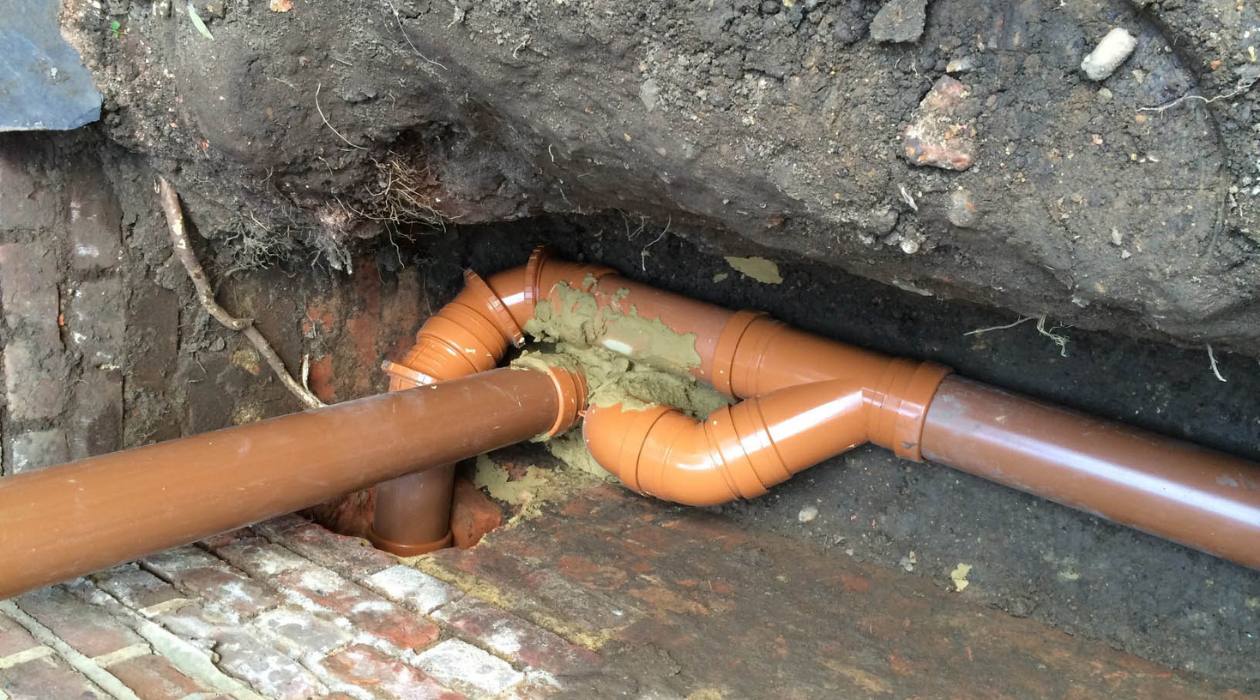

Articles
What Is A Soil Stack In Plumbing
Modified: December 7, 2023
Learn what a soil stack is in plumbing and how it functions. Read informative articles on soil stacks and improve your plumbing knowledge.
(Many of the links in this article redirect to a specific reviewed product. Your purchase of these products through affiliate links helps to generate commission for Storables.com, at no extra cost. Learn more)
Introduction
In the world of plumbing, there are various components and systems that work together to ensure the smooth and efficient flow of waste and water. One such essential element is the soil stack. Whether you are a homeowner or a professional plumber, understanding what a soil stack is and its role in the plumbing system is crucial.
A soil stack, also known as a soil vent pipe, is a vertical pipe that carries wastewater and sewage from toilets, bidets, and urinals to an underground drain or sewer system. It acts as a crucial part of the overall plumbing system, ensuring the proper disposal of human waste and preventing the buildup of harmful gases and odors inside the property.
While the importance of a soil stack may often go unnoticed, its significance becomes apparent when there is a malfunction or blockage in the plumbing system. Understanding the purpose, components, installation process, and maintenance requirements of a soil stack can help prevent potential issues and ensure the efficient functioning of the plumbing system.
In this article, we will delve deeper into the definition, purpose, components, installation, maintenance, and common problems associated with a soil stack. By the end, you will have a comprehensive understanding of this integral plumbing component.
Let’s begin by exploring the definition and purpose of a soil stack.
Key Takeaways:
- Proper maintenance and cleaning of a soil stack are crucial for preventing blockages, leaks, and ventilation issues, ensuring the efficient and odor-free operation of the plumbing system.
- Understanding the components, purpose, and common problems of a soil stack empowers homeowners and professionals to maintain a reliable plumbing system and address issues promptly with the help of a professional plumber.
Read more: How To Fix A Leaking Plumbing Stack
Definition of a Soil Stack
A soil stack, also referred to as a soil vent pipe or waste pipe, is a vertical pipe that carries wastewater and sewage from the toilets, bidets, and urinals in a building to an underground drain or sewer system. It is an essential component of the plumbing system, responsible for the efficient disposal of human waste and preventing the accumulation of harmful gases and odors inside the property.
The soil stack is typically made of sturdy materials such as cast iron, PVC, or ABS (Acrylonitrile Butadiene Styrene) plastic. Its vertical position enables the gravitational flow of waste and ensures the proper removal of sewage from the building to the drainage system.
The size of the soil stack can vary depending on the plumbing requirements of the building. However, it is commonly sized at around 4 inches in diameter. This robust diameter allows for the smooth passage of waste down the pipe without causing blockages or restrictions.
The soil stack is usually connected to other plumbing fixtures, such as sink drains and bathtub drains, through a horizontal pipe known as a branch line. This branch line connects to the soil stack at an appropriate height above the highest fixture, ensuring efficient drainage and preventing backflow.
Now that we have a clear understanding of what a soil stack is, let’s explore its purpose in the plumbing system.
Purpose of a Soil Stack
The primary purpose of a soil stack in the plumbing system is to facilitate the safe and efficient disposal of wastewater and sewage from the toilets, bidets, and urinals in a building. It plays a crucial role in the overall functioning of the plumbing system, ensuring the proper flow and drainage of waste materials.
Here are the key purposes of a soil stack:
- Waste Removal: The soil stack allows for the downward flow of waste materials, enabling them to be directed away from the building and into the sewer system or underground drain. Without a soil stack, waste would accumulate and create unhygienic conditions within the property.
- Gas Ventilation: In addition to carrying waste, the soil stack also serves as a vent pipe. It provides a venting outlet for the escape of harmful gases, such as hydrogen sulfide, methane, and carbon dioxide, that are produced during the decomposition of organic matter in the sewage. This ventilation helps prevent the buildup of noxious gases within the building, ensuring the health and safety of its occupants.
- Odor Control: The proper functioning of a soil stack ensures the effective removal of foul odors associated with sewage and waste. By venting gases and preventing their accumulation, it helps to maintain a clean and odor-free environment within the property.
- Prevention of Backflow: The correct installation and positioning of the soil stack prevent the backflow of sewage into the building’s fixtures. Configured at the appropriate height, the soil stack ensures that waste flows away from the building without the risk of contamination or blockages.
Overall, the purpose of a soil stack is to maintain the hygiene, functionality, and safety of the building’s plumbing system by facilitating the proper disposal of waste and the ventilation of gases. It is an integral component that ensures the efficient operation of the entire plumbing system.
Next, let’s explore the various components that make up a soil stack.
Components of a Soil Stack
A soil stack is comprised of several essential components that work together to facilitate the smooth flow of wastewater and sewage. Understanding these components is crucial for the proper installation, maintenance, and repair of the soil stack.
Here are the key components of a soil stack:
- Soil Stack Pipe: The soil stack pipe is the main vertical pipe that carries waste from the toilets, bidets, and urinals. It is typically made of cast iron, PVC, or ABS plastic. The size of the pipe can vary, but it is commonly around 4 inches in diameter to allow for the efficient flow of waste.
- Branch Line: The branch line is a horizontal pipe that connects the various fixtures, such as sinks, showers, and bathtubs, to the soil stack. It ensures proper drainage and prevents backflow. The branch line is usually connected to the soil stack at an appropriate height, allowing for the gravitational flow of waste.
- Fittings: Fittings, such as elbows, tees, and couplings, are used to connect and redirect the flow of wastewater within the soil stack system. These fittings ensure proper alignment and secure connections between the various pipes and components.
- Ventilation Pipes: Ventilation pipes, also known as vent pipes or vent stacks, are an integral part of the soil stack system. They allow for the release of gases and prevent the buildup of pressure within the plumbing system. Vent pipes are typically connected to the soil stack at a higher elevation to allow gases to rise and vent out of the building.
- Stack Vent: The stack vent is an extension of the soil stack that extends above the roofline of the building. It provides additional ventilation and acts as an outlet for gases to escape, further preventing the accumulation of gases within the plumbing system.
- Sanitary Tee: A sanitary tee is a specific type of pipe fitting used to connect the branch line and soil stack pipe. It allows for the proper flow of waste while maintaining the integrity of the plumbing system.
Each of these components plays a critical role in the efficient and effective functioning of a soil stack. Proper installation, maintenance, and repair of these components are essential to ensure the longevity and reliability of the plumbing system.
Now that we have explored the components of a soil stack, let’s move on to discussing the size and materials used in constructing a soil stack.
Size and Materials of a Soil Stack
The size and materials of a soil stack are important factors to consider when designing and installing a plumbing system. They determine the capacity, durability, and functionality of the soil stack, ensuring efficient waste removal and gas venting.
Size:
The size of a soil stack is typically determined based on the plumbing requirements of the building. It is essential to choose the appropriate size to allow for the smooth and unrestricted flow of waste. The most common size for a soil stack is 4 inches in diameter. This size provides adequate capacity to handle the waste generated from toilets, bidets, and urinals. However, in larger or commercial buildings, the size of the soil stack may be increased to accommodate higher waste volumes.
Materials:
The choice of materials for a soil stack depends on various factors, including the building code requirements, budget, and specific plumbing needs. Here are some common materials used for soil stacks:
- Cast Iron: Cast iron has long been a popular choice for soil stacks due to its durability and resistance to fire. It is known for its strength and ability to withstand the weight of concrete slabs and other construction elements. Cast iron soil stacks are often used in commercial buildings or structures where durability and longevity are of utmost importance.
- PVC (Polyvinyl Chloride): PVC is a cost-effective and lightweight material that is commonly used for soil stacks in residential buildings. It is durable, resistant to corrosion, and easy to install. PVC soil stacks are available in various sizes and are suitable for most plumbing applications.
- ABS (Acrylonitrile Butadiene Styrene): ABS is another plastic material used for soil stacks. It shares similar properties to PVC and is commonly used in residential plumbing systems. ABS soil stacks are known for their durability, ease of installation, and resistance to high temperatures and chemical reactions.
When selecting the material for a soil stack, it is important to consider factors such as local building codes, the specific requirements of the plumbing system, and the budget. Consulting with a professional plumber can help determine the most suitable material for your soil stack.
Now that we have explored the size and materials of a soil stack, let’s move on to discussing the installation process.
A soil stack in plumbing is a vertical pipe that carries waste from toilets and other soil fixtures to the sewer or septic tank. It is important to ensure the soil stack is properly vented to prevent pressure build-up and allow for proper drainage.
Read more: What Is A Stack And Whack Quilt
Installation of a Soil Stack
The installation of a soil stack is a critical process that requires careful planning, adherence to building codes, and professional expertise. Proper installation ensures the reliable and efficient operation of the plumbing system, preventing common issues like leaks, blockages, and improper venting.
Here are the key steps involved in the installation of a soil stack:
- Design and Planning: Before beginning the installation, careful design and planning are essential. This includes determining the proper location of the soil stack, assessing the plumbing needs of the building, and ensuring compliance with local building codes and regulations.
- Preparation: Once the design is finalized, the required tools and materials should be gathered. This may include the soil stack pipe, fittings, vent pipes, and other components. Any necessary modifications to the existing plumbing system, such as cutting and re-routing existing pipes, should be done at this stage.
- Installation: The installation process begins by securing the soil stack pipe vertically from the ground floor to the roofline of the building. The pipe should be connected to the branch lines, ensuring proper alignment and secure connections using appropriate fittings. Vent pipes are installed at strategic points, allowing for the ventilation and release of gases.
- Support and Stability: It is crucial to provide adequate support and stability to the soil stack. Proper bracing and fastening techniques should be followed to ensure the pipe remains secure and in the correct position. This prevents sagging, misalignment, and potential damage to the plumbing system.
- Testing and Inspection: Once the installation is completed, the soil stack should undergo rigorous testing and inspection. This includes checking for leaks, proper flow, and adequate venting. Pressure testing may also be conducted to ensure the integrity of the system.
- Finalization and Approval: Once the soil stack passes all the required tests and inspections, finalization and approval from the relevant authorities should be sought. This ensures compliance with local building codes and regulations.
It is important to note that the installation of a soil stack is best left to qualified and experienced professionals. They have the knowledge, skills, and expertise required to properly design, plan, and install the soil stack, ensuring the long-lasting and efficient operation of the plumbing system.
Now that we have covered the installation process, let’s discuss the importance of proper maintenance and cleaning of a soil stack.
Importance of Proper Maintenance and Cleaning
Proper maintenance and cleaning of a soil stack are crucial aspects of ensuring its longevity, functionality, and the overall efficiency of the plumbing system. Regular maintenance and cleaning help prevent blockages, reduce the risk of leaks, and maintain proper waste disposal and ventilation. Here are the key reasons why proper maintenance and cleaning of a soil stack are important:
- Preventing Blockages: Over time, debris, sediment, and other materials can accumulate inside the soil stack, leading to blockages. These blockages restrict the flow of waste and can cause backups or overflow of sewage. Regular maintenance and cleaning help remove these obstructions, allowing for the unimpeded flow of waste.
- Reducing the Risk of Leaks: Blockages or deteriorated components within the soil stack can cause leaks, leading to water damage and potential structural issues. By maintaining and cleaning the soil stack, any potential leaks or weak points can be identified and addressed promptly, preventing further damage and costly repairs.
- Ensuring Proper Ventilation: A clean and well-maintained soil stack ensures efficient gas venting. If the soil stack becomes blocked or clogged, the ventilation of harmful gases, such as hydrogen sulfide, can be compromised. These gases can accumulate, resulting in foul odors and, in extreme cases, health hazards. Proper maintenance and cleaning prevent these issues, promoting a safe and odor-free environment.
- Preserving System Performance: Regular maintenance and cleaning of the soil stack help maintain the overall performance and functionality of the plumbing system. It ensures the proper flow of waste, prevents backflow, and minimizes the risk of system failures. By maintaining the soil stack, you can avoid costly emergency repairs and maintain a reliable plumbing system.
- Extending Lifespan: A properly maintained and cleaned soil stack can have a significantly longer lifespan. By addressing small issues before they escalate and conducting routine maintenance, you can extend the lifespan of the soil stack and avoid premature replacements or major repairs.
It is recommended to schedule regular inspections and cleaning of the soil stack by a professional plumber. They have the expertise, equipment, and knowledge to identify potential issues, clean the system thoroughly, and ensure its proper functioning. Additionally, simple maintenance practices such as using drain covers, avoiding flushing non-biodegradable items, and providing regular maintenance to fixtures can help minimize the risk of soil stack problems.
Now that we understand the importance of proper maintenance and cleaning, let’s explore some common problems that can occur with soil stacks.
Common Problems with Soil Stacks
While a properly installed and maintained soil stack can provide efficient waste disposal and ventilation, various issues can arise over time. Understanding these common problems will help homeowners and plumbing professionals address them promptly, ensuring the smooth operation of the plumbing system. Here are some of the most common problems with soil stacks:
- Blockages: One of the primary issues with soil stacks is blockages. Blockages can occur due to the buildup of debris, sediment, or foreign objects within the pipe. These blockages hinder the flow of waste, leading to backups and potential sewage overflow. Regular cleaning and maintenance can help prevent and address blockages.
- Leaks: Leaks in the soil stack can occur due to several reasons, such as corroded pipes, loose fittings, or cracks in the pipe. These leaks can cause water damage, structural issues, and increased water bills. Prompt detection and repair of leaks are crucial to prevent further damage and waste.
- Corrosion: Over time, soil stacks made of metal, such as cast iron, can corrode. Corrosion weakens the pipes, leading to cracks, leaks, and structural instability. Regular inspections and maintenance can help identify signs of corrosion and address them before they escalate.
- Improper Ventilation: A poorly ventilated soil stack can result in the accumulation of harmful gases within the plumbing system. This can lead to foul odors, health hazards, and ineffective waste removal. Ensuring proper ventilation through regular maintenance and cleaning is essential to prevent ventilation issues.
- Misalignment: Soil stack misalignment can occur due to improper installation, settlement of the building, or shifting of the pipes. Misalignment can disrupt the flow of waste and cause leaks. It is important to address misalignment by repositioning or repairing the affected section of the soil stack.
- Inadequate Size: In some cases, the soil stack may be undersized for the plumbing needs of the building. This can lead to restricted flow, increased risk of blockages, and inefficient waste disposal. Assessing the plumbing requirements and upgrading the soil stack size if necessary can help prevent these issues.
When encountering any of these common problems with soil stacks, it is recommended to consult with a professional plumber. They have the expertise and tools to diagnose and address the issues effectively, ensuring the proper functioning of the soil stack and the entire plumbing system.
Now that we have explored common problems with soil stacks, let’s recap the key points and conclude our article.
Conclusion
In conclusion, understanding the role and importance of a soil stack in the plumbing system is essential for homeowners and plumbing professionals alike. A soil stack is a vertical pipe that carries wastewater and sewage from toilets, bidets, and urinals to the underground drain or sewer system, providing proper waste disposal and gas ventilation.
Throughout this article, we have explored the definition, purpose, components, installation process, and importance of maintenance and cleaning of a soil stack. We have learned that a well-maintained soil stack prevents blockages, reduces the risk of leaks, ensures proper venting, and extends the lifespan of the plumbing system.
When it comes to the size and materials of a soil stack, it is crucial to choose the appropriate diameter and select durable materials such as cast iron, PVC, or ABS plastic to ensure reliable performance and longevity.
The installation of a soil stack requires careful planning, adherence to building codes, and professional expertise to ensure proper alignment, support, and optimal functionality.
Maintaining and cleaning the soil stack on a regular basis is of utmost importance. Proper maintenance helps prevent blockages, reduce the risk of leaks, ensure proper ventilation, and preserve the overall performance of the plumbing system.
Lastly, we discussed some common problems that can occur with soil stacks, including blockages, leaks, corrosion, ventilation issues, misalignment, and inadequate size. Prompt detection and professional repairs are necessary to address these issues and maintain the efficient operation of the soil stack.
In conclusion, a well-maintained and properly functioning soil stack is essential for the hygienic and efficient operation of the plumbing system. By understanding its components, purpose, and the importance of maintenance, homeowners and plumbing professionals can ensure a reliable and long-lasting plumbing system that efficiently disposes of waste and prevents the buildup of harmful gases.
Remember, when faced with any issues or concerns regarding your soil stack, it is always best to consult with a professional plumber who can provide the expertise and guidance needed to address the problem effectively. With proper care and attention, your soil stack will continue to serve its purpose and keep your plumbing system running smoothly for years to come.
Frequently Asked Questions about What Is A Soil Stack In Plumbing
Was this page helpful?
At Storables.com, we guarantee accurate and reliable information. Our content, validated by Expert Board Contributors, is crafted following stringent Editorial Policies. We're committed to providing you with well-researched, expert-backed insights for all your informational needs.
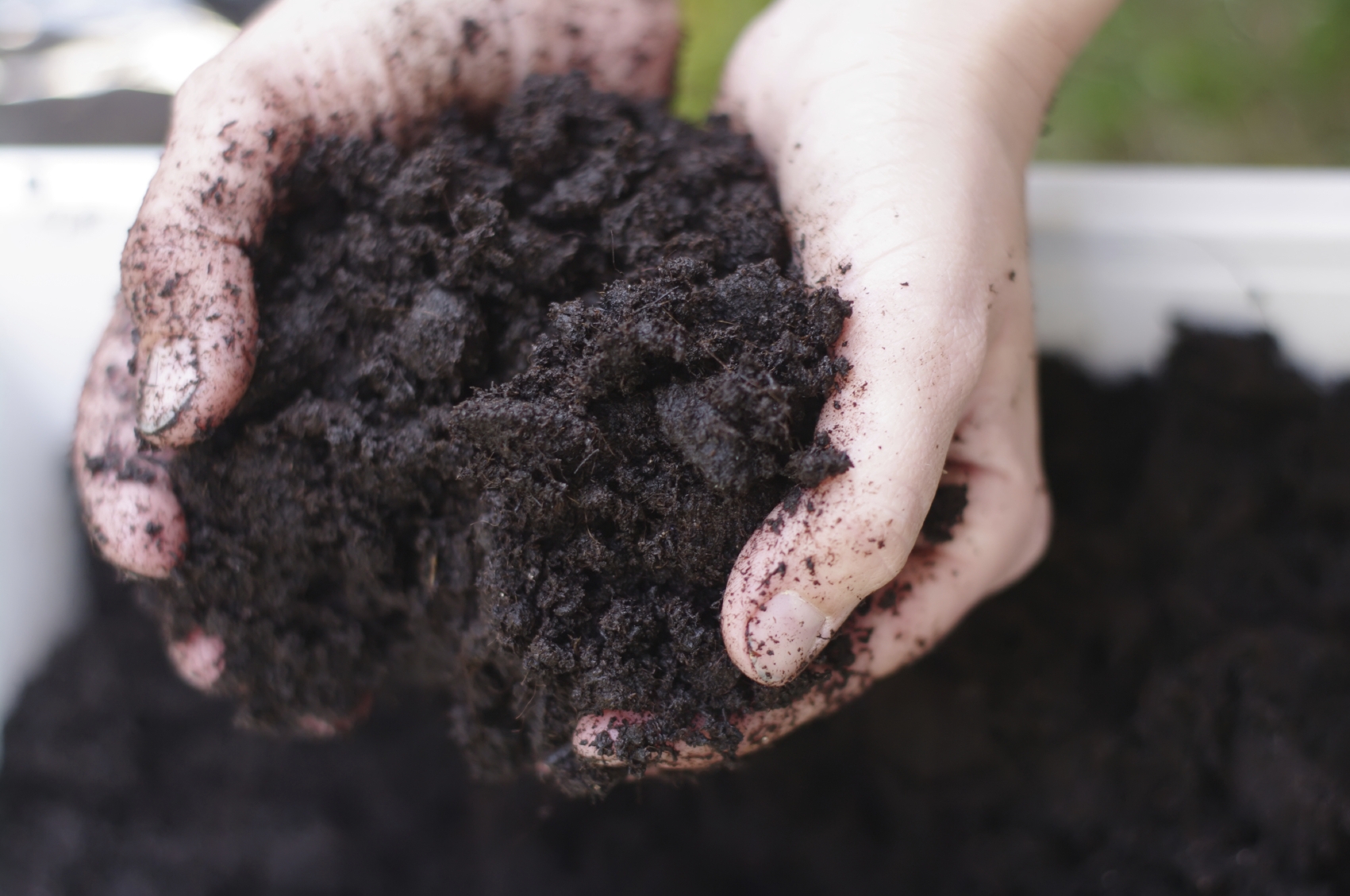
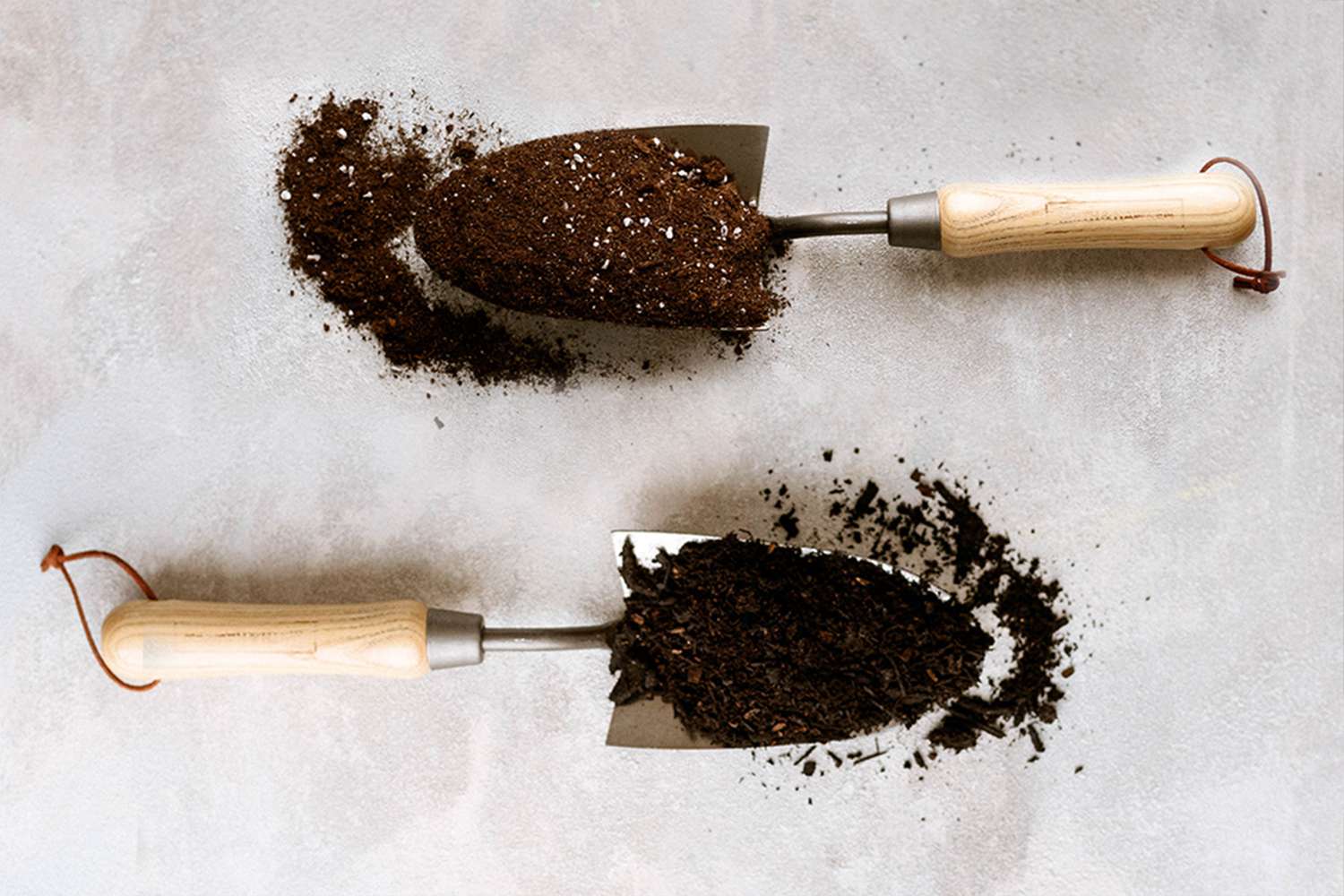
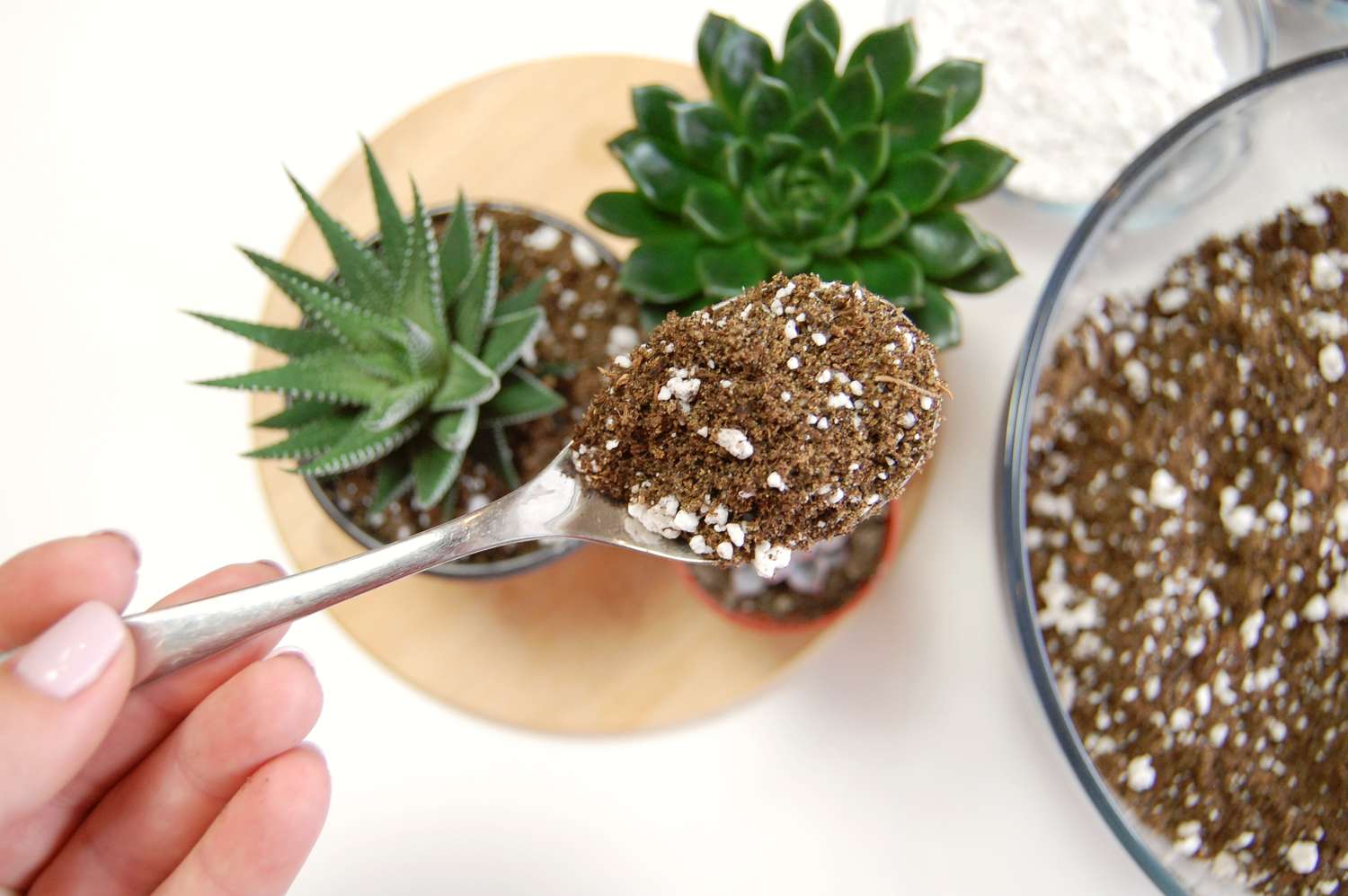
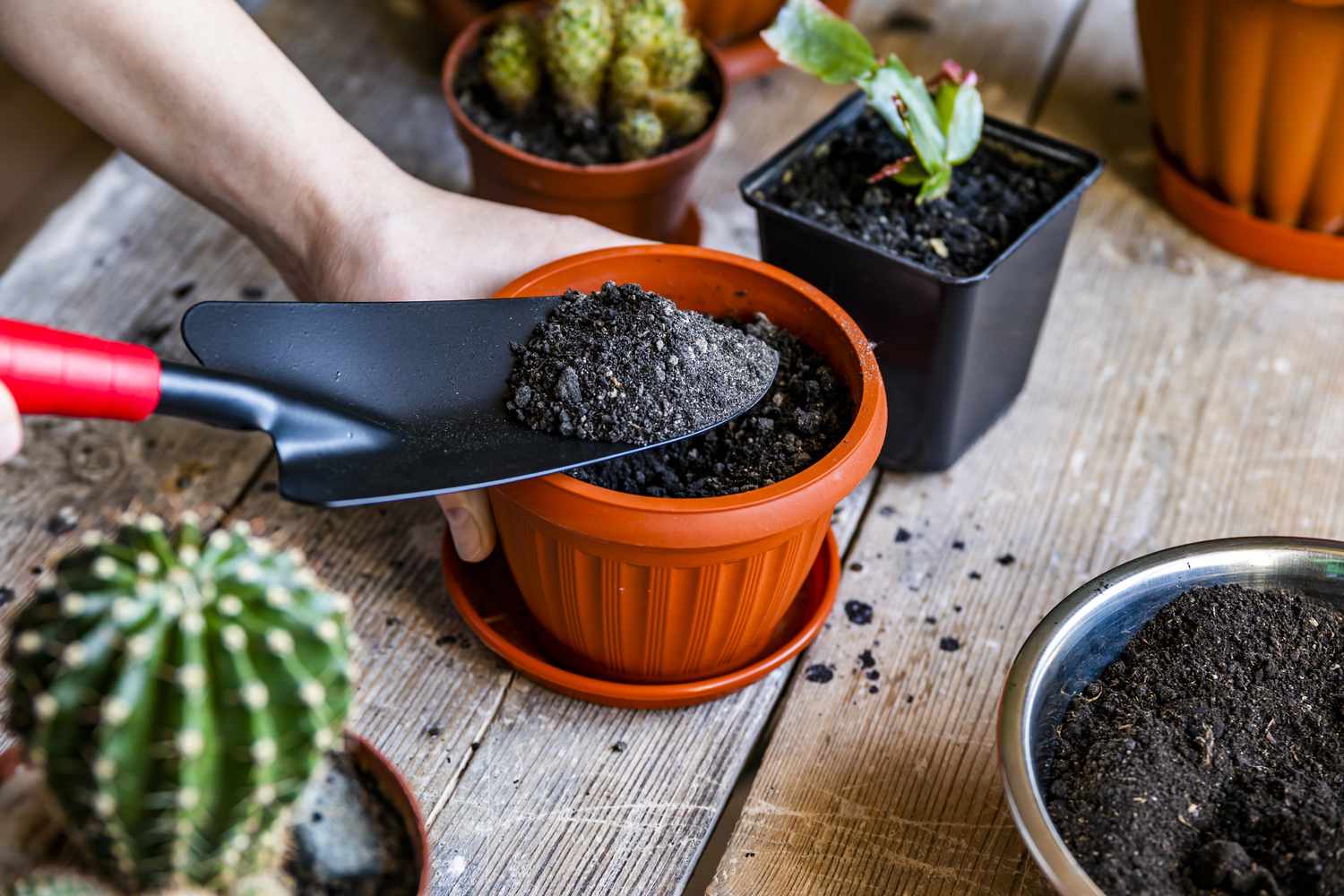
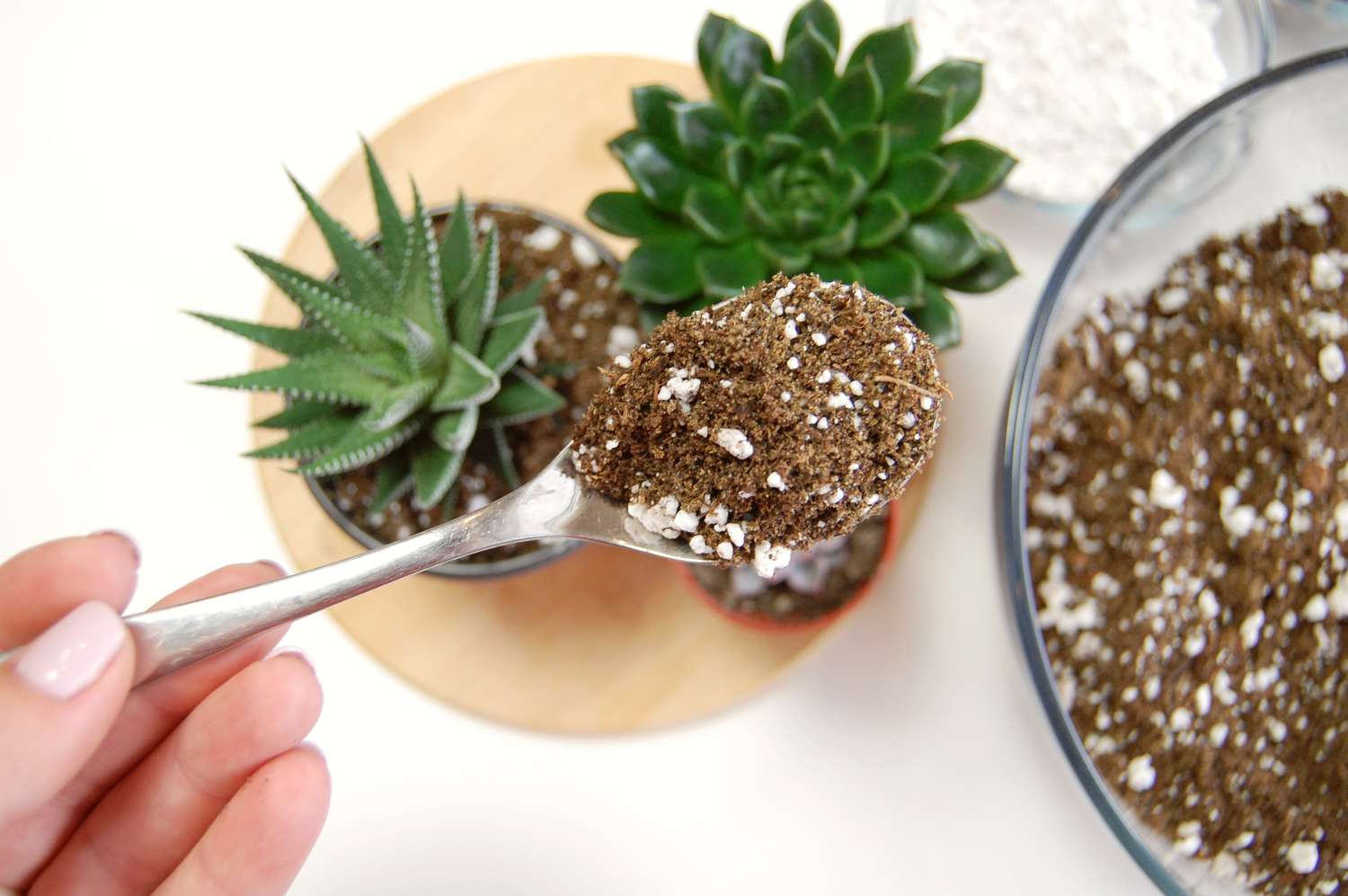
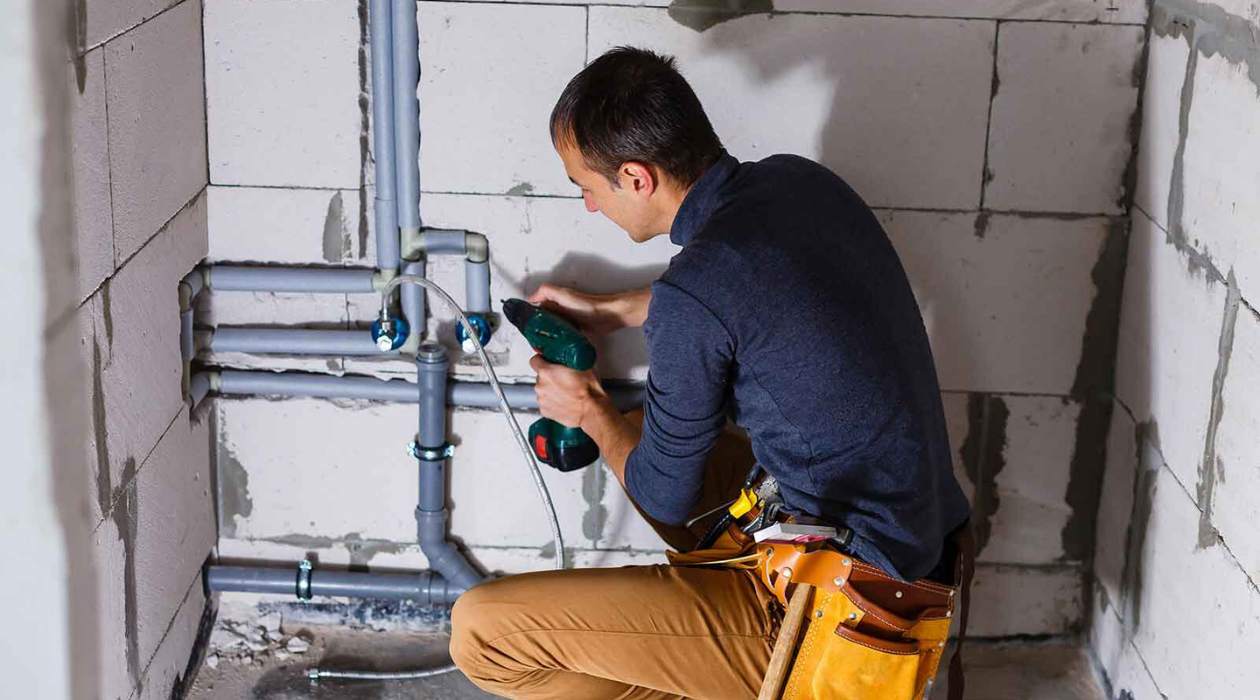
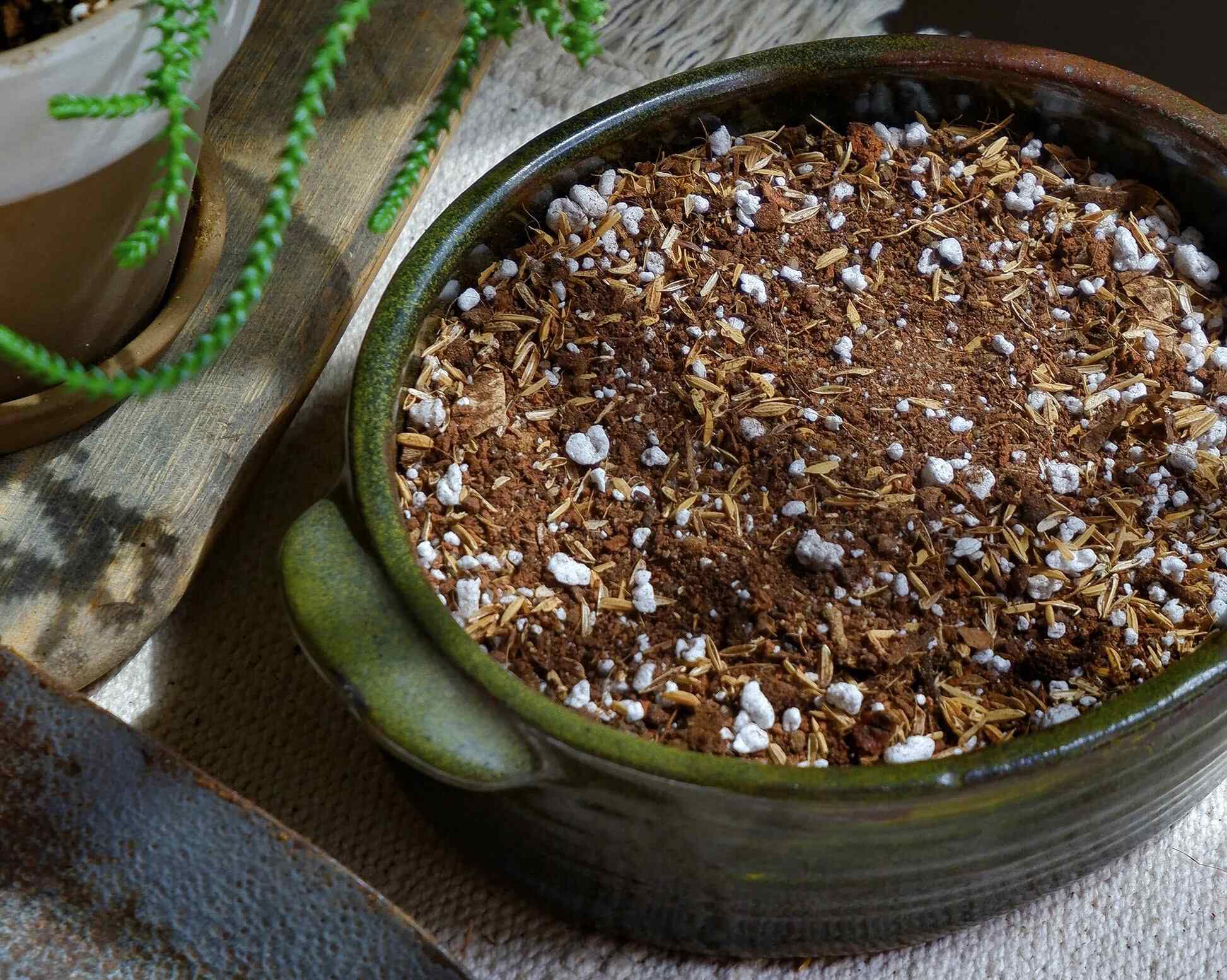
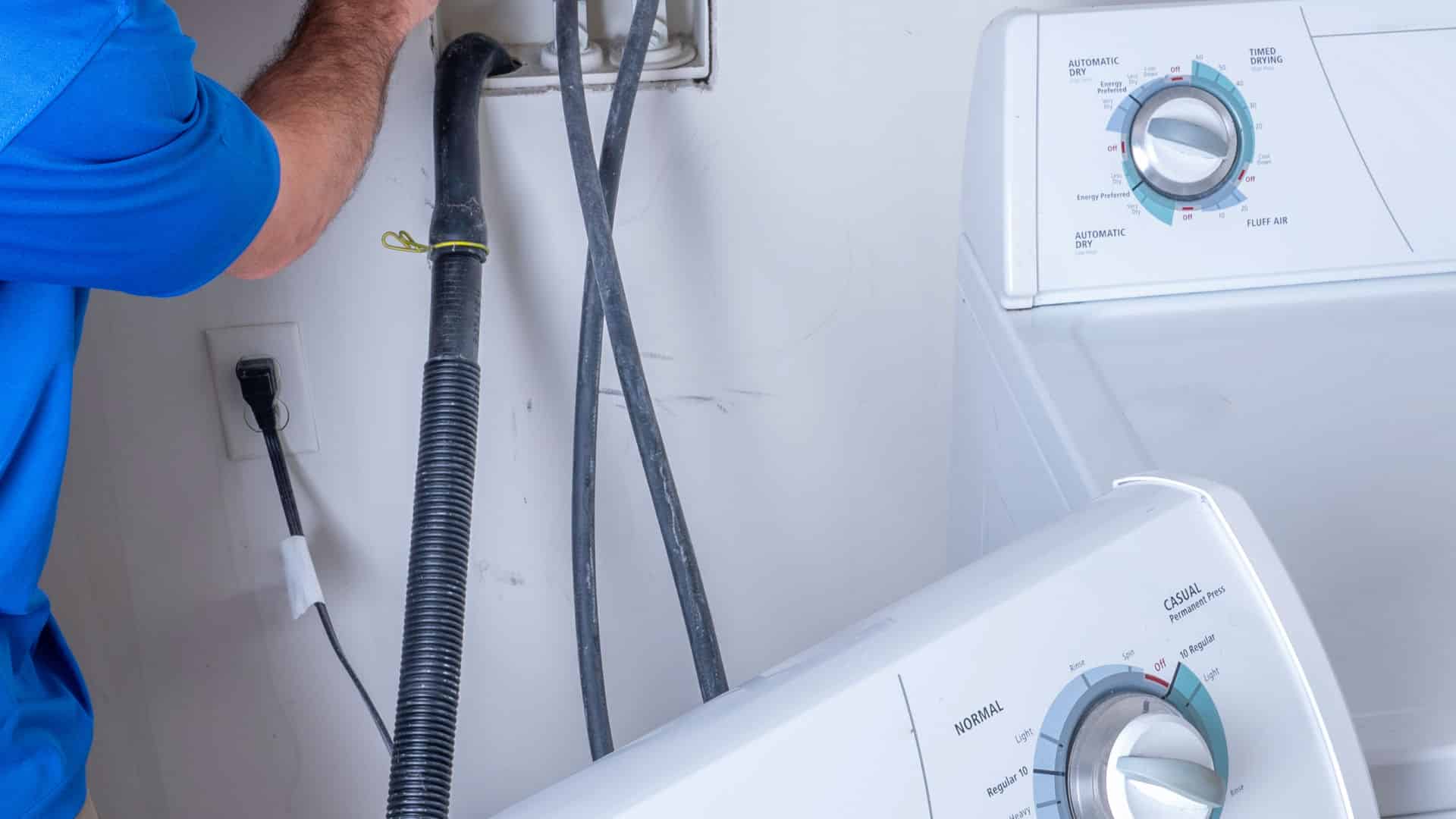
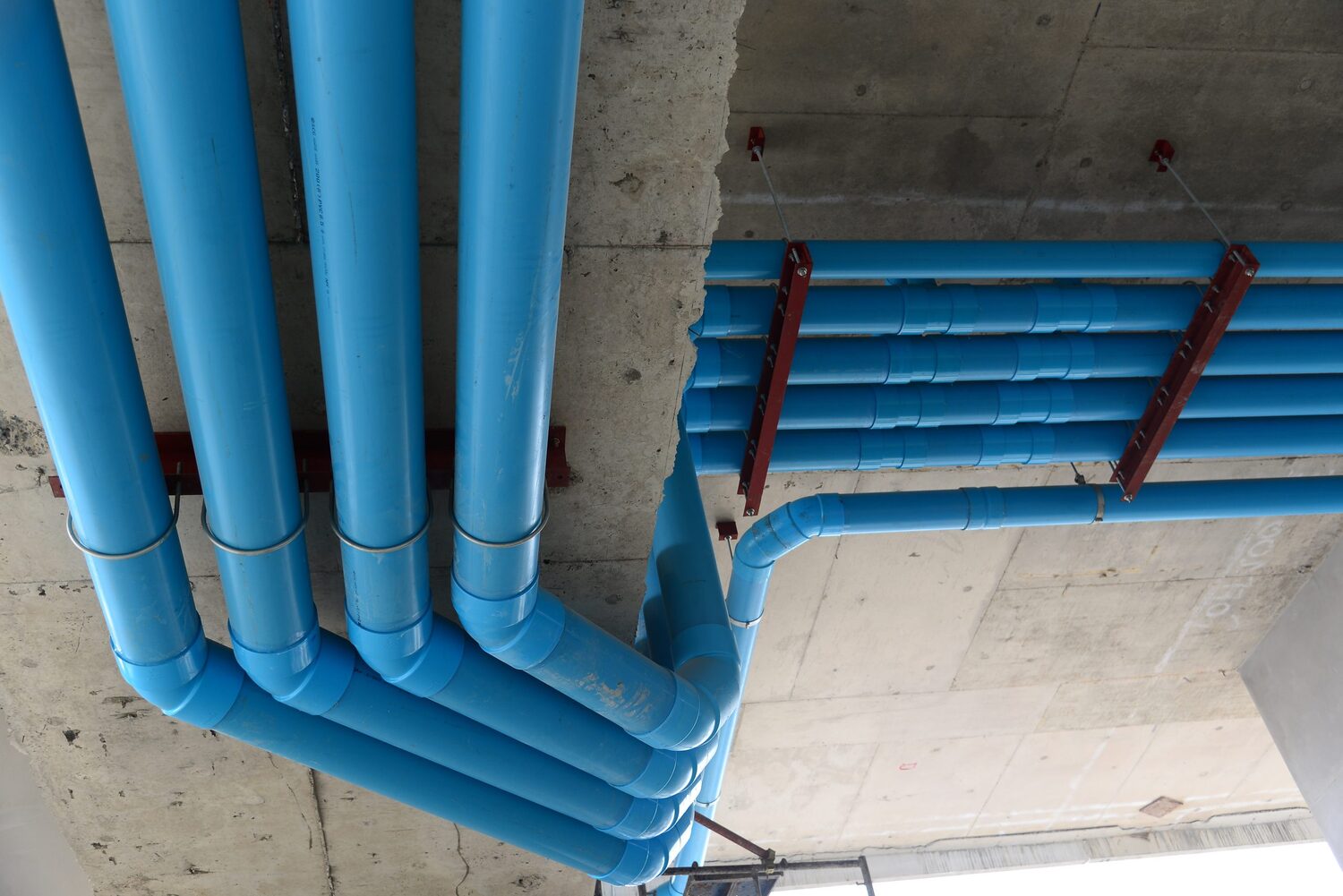
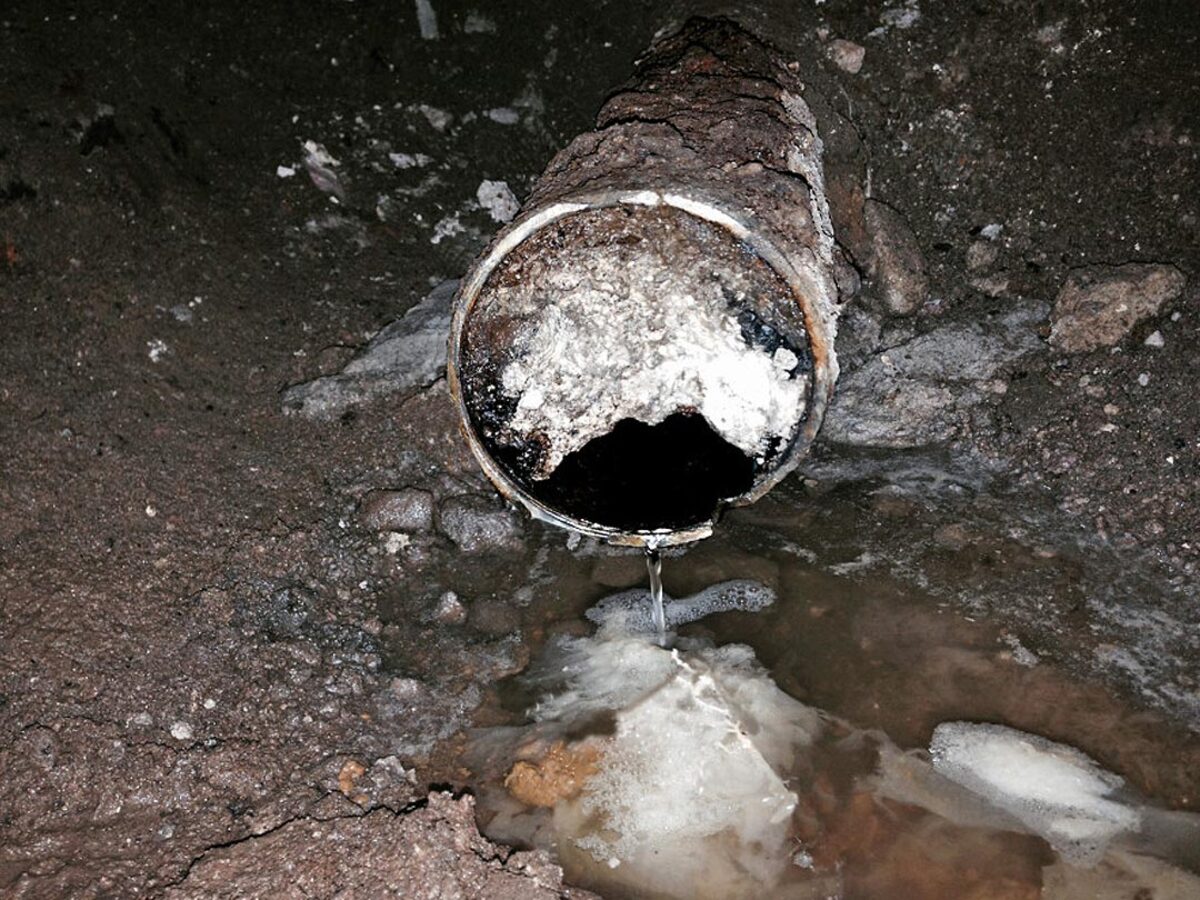
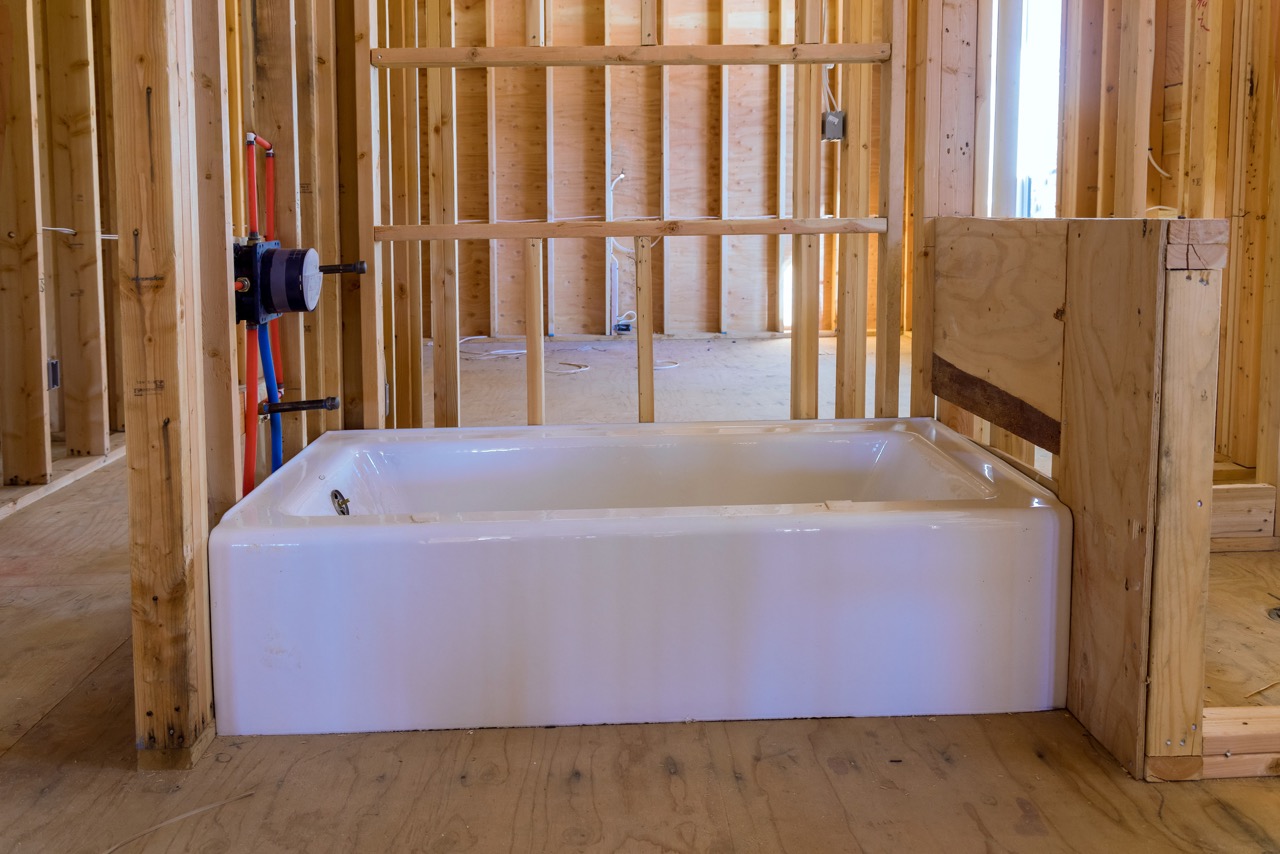
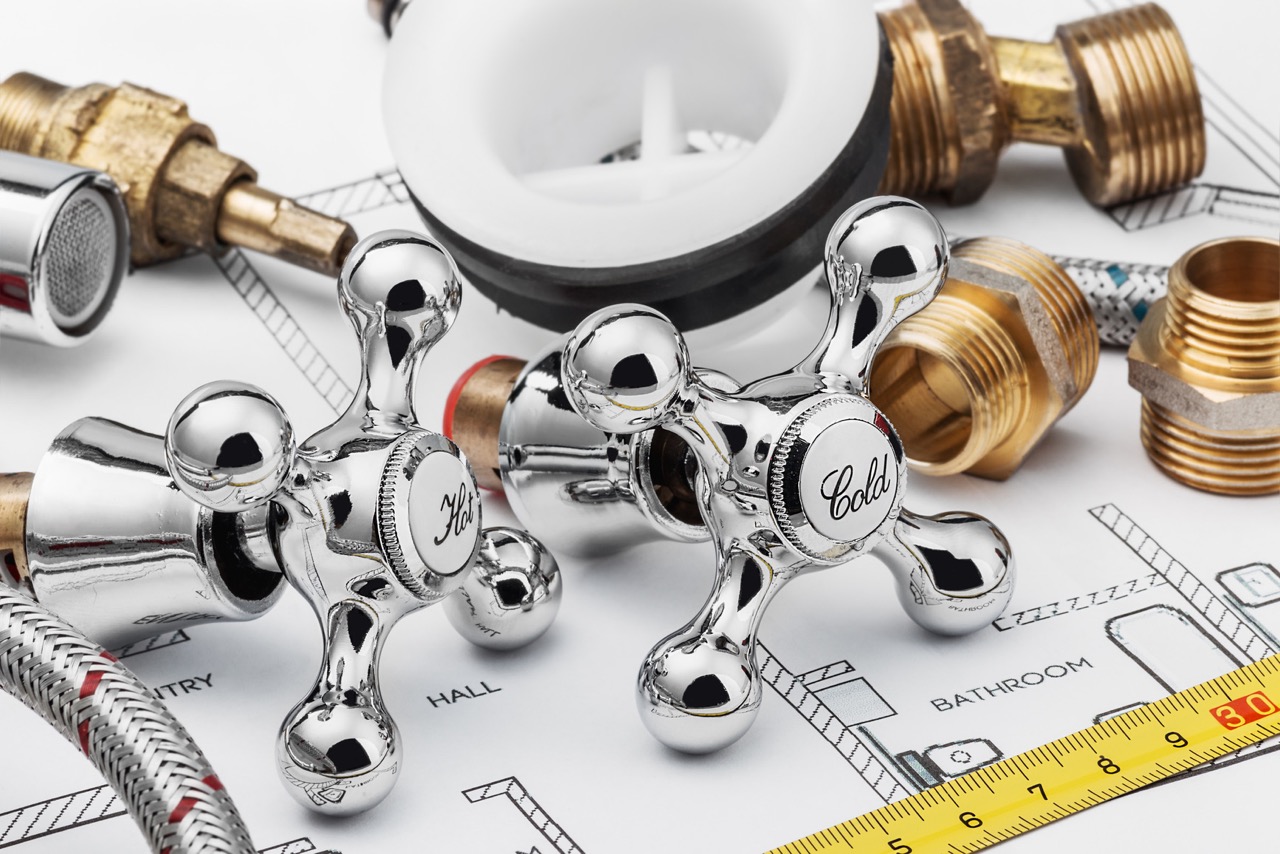

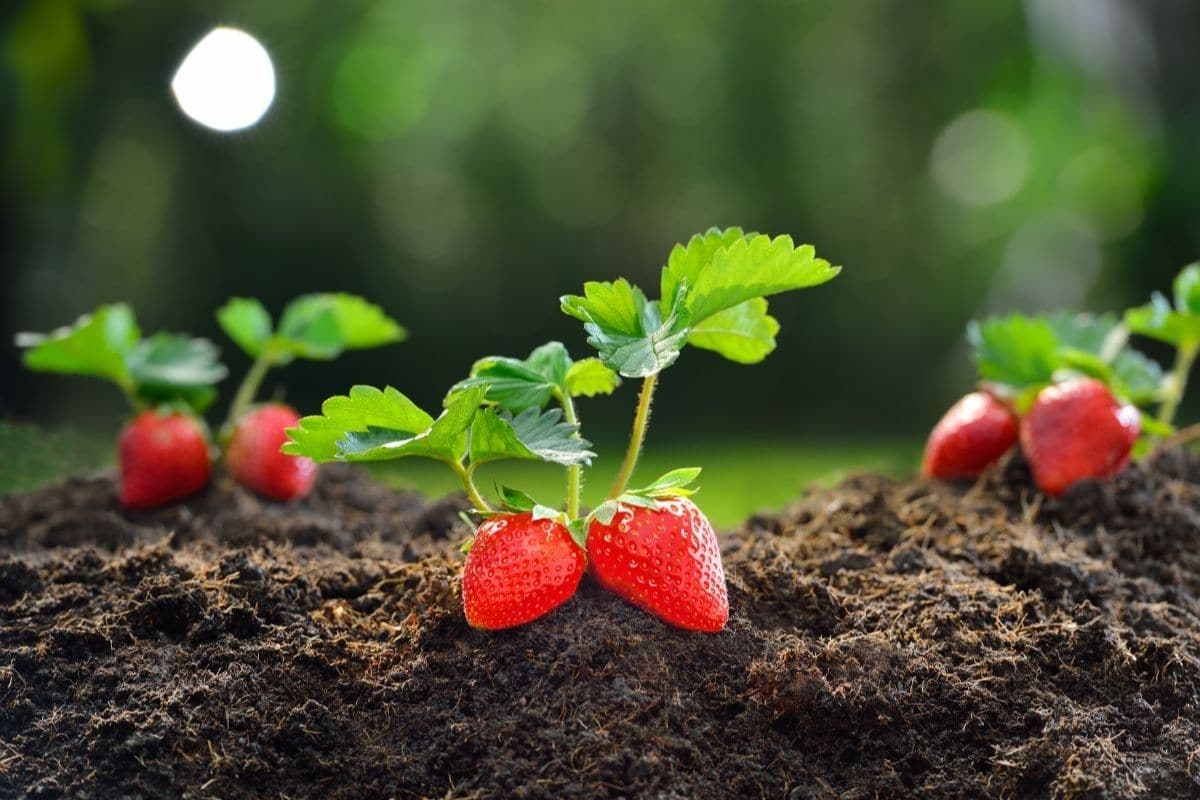

0 thoughts on “What Is A Soil Stack In Plumbing”